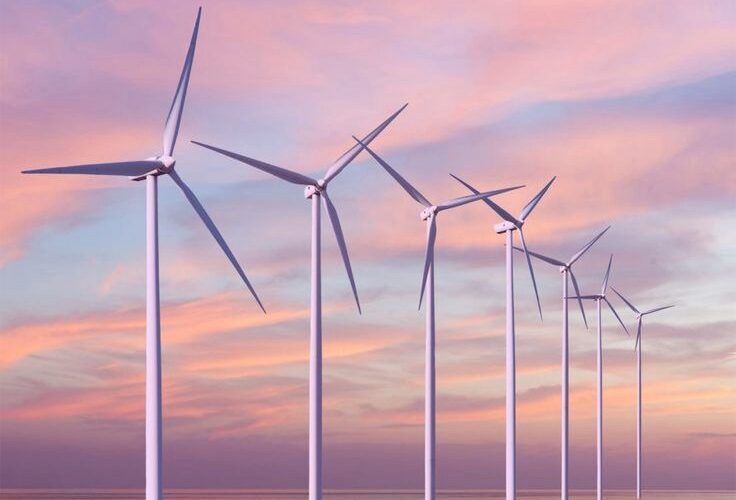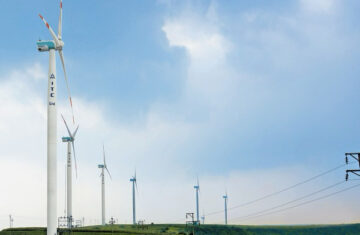The Power of Wind: Harnessing the UK’s Renewable Energy Future
The UK’s Wind Energy Landscape
The United Kingdom has emerged as a global leader in wind energy, with a rapidly growing wind power sector that has become a crucial component of the country’s renewable energy mix. According to the latest data from the Department for Business, Energy & Industrial Strategy (BEIS), the UK’s total installed wind power capacity reached 24.5 gigawatts (GW) as of 2022, making it one of the largest wind energy markets in the world.
Onshore and Offshore Wind Power
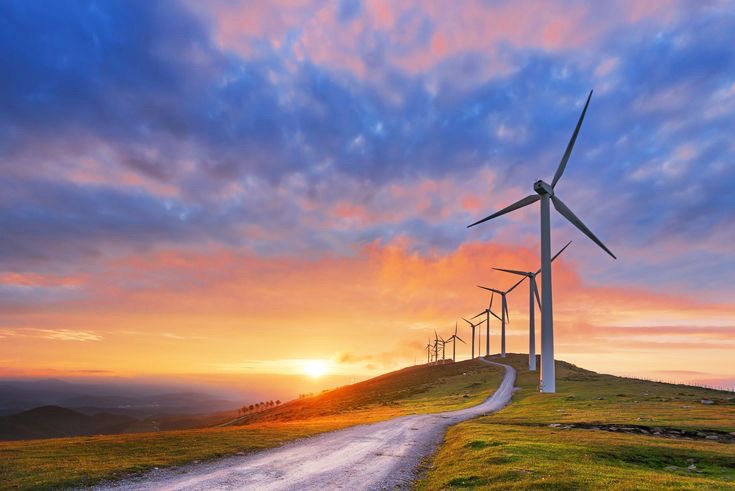
The UK’s wind energy sector is characterized by a balanced deployment of both onshore and offshore wind power, with each playing a significant role in the country’s renewable energy transition. Onshore wind farms are primarily located in Scotland, Wales, and parts of England, while offshore wind projects have been rapidly expanding along the UK’s coastlines, particularly in the North Sea.
Regional Variations in Wind Power
The distribution of wind power capacity across the UK is influenced by various factors, including wind resource availability, grid infrastructure, and local planning and regulatory frameworks. Scotland, with its abundant wind resources, has emerged as the leading region for both onshore and offshore wind power development, accounting for a significant portion of the UK’s total installed wind capacity.
Policy and Regulatory Frameworks

The growth of the UK’s wind energy sector has been shaped by a comprehensive policy and regulatory landscape, which has evolved over the past decade to provide a supportive environment for the deployment of wind power projects.
The Renewable Energy Directive and the Climate Change Act
The UK’s wind energy policies are largely driven by the European Union‘s Renewable Energy Directive, which sets a target of at least 32% of the EU’s energy consumption to come from renewable sources by 2030. Additionally, the UK’s Climate Change Act of 2008 has been a key driver, committing the country to reducing its greenhouse gas emissions to net-zero by 2050.
Support Schemes and Incentives
To encourage the deployment of wind power, the UK government has implemented various support schemes and incentives over the years. These have included the Renewable Obligation (RO) program, the Contract for Difference (CfD) scheme, and the more recent Contracts for Difference Round 4, which aims to support the delivery of low-carbon electricity generation projects, including offshore wind.
Planning and Regulatory Frameworks
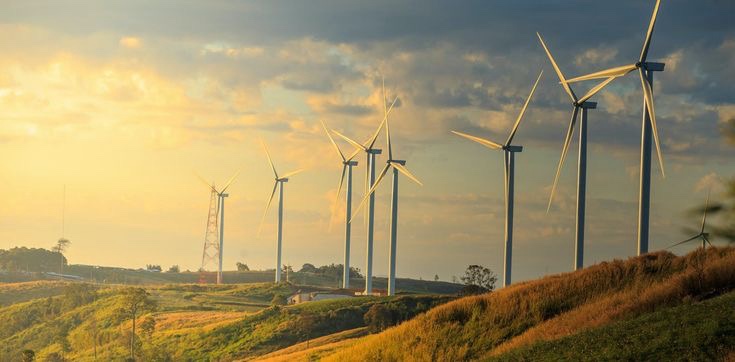
The development of wind energy projects in the UK is subject to a comprehensive planning and regulatory framework. This includes obtaining the necessary planning permissions, navigating grid connection requirements, and adhering to various environmental and safety standards.
Challenges and Opportunities
While the UK’s wind energy sector has experienced significant growth, the country also faces a number of challenges and opportunities as it continues to harness the power of wind for its renewable energy transition.
Grid Integration and Flexibility
One of the key challenges is the integration of large-scale wind power projects into the national electricity grid. As the share of variable renewable sources increases, the need for grid flexibility and energy storage solutions becomes more pressing to ensure a reliable and stable power supply.
Technological Advancements and Cost Reductions
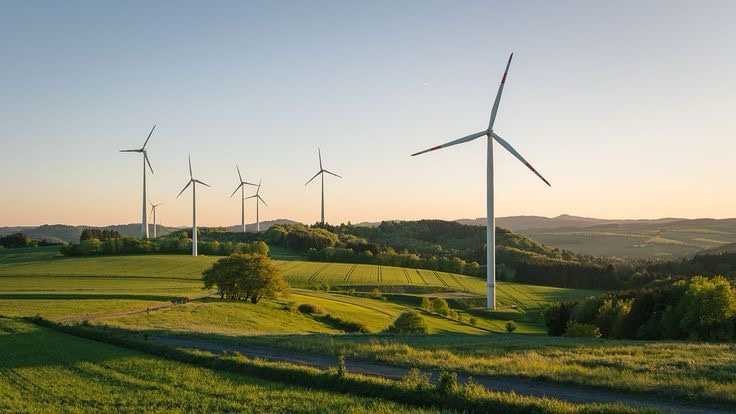
The rapid pace of technological advancements in wind turbine design, materials, and manufacturing processes has driven down the cost of wind power, making it increasingly competitive with traditional energy sources. However, this also requires ongoing investments in infrastructure and workforce development to keep pace with the industry’s evolution.
Policy and Regulatory Uncertainties
The UK’s wind energy sector has faced some policy and regulatory uncertainties, particularly in the wake of changes to support schemes and incentives. Ensuring a stable and predictable policy environment is crucial for maintaining investor confidence and continued growth in the sector.
Social and Environmental Considerations
The deployment of wind energy projects in the UK also needs to consider social and environmental factors, such as visual impact, community engagement, and the preservation of wildlife and habitats. Striking a balance between the benefits of renewable energy and the impacts on local communities and ecosystems is an ongoing challenge.
Opportunities for Growth and Innovation
Despite the challenges, the UK’s wind energy sector also presents significant opportunities for continued growth and innovation.
Offshore Wind Power Expansion
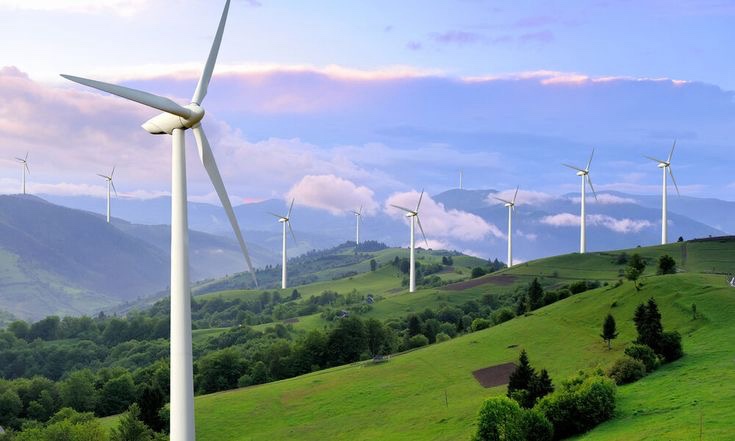
The UK’s vast offshore wind resources, particularly in the North Sea, offer significant potential for further expansion of this renewable energy technology. The development of larger, more efficient offshore wind turbines and the deployment of floating offshore wind systems can help unlock new areas for wind power generation.
Onshore Wind Repowering
Many of the UK’s existing onshore wind farms are reaching the end of their operational lifespans, presenting an opportunity for “repowering” – the replacement of older turbines with newer, more efficient models. This can help increase the overall capacity and productivity of onshore wind power.
Hybrid and Integrated Energy Systems
The integration of wind power with other renewable energy sources, such as solar and energy storage, can create hybrid and integrated energy systems that enhance the reliability and flexibility of the UK’s energy system.
Research and Development
The UK’s strong research and development capabilities in wind energy technologies, materials science, and grid integration solutions provide a solid foundation for continued innovation and technological advancement in the sector.
Conclusion
The UK’s wind energy sector has undergone remarkable growth in recent years, cementing the country’s position as a global leader in this renewable energy technology. Driven by supportive policies, falling technology costs, and the urgent need to address climate change, the UK’s wind power capacity has steadily expanded, contributing significantly to the nation’s renewable energy mix.
While the UK faces various challenges, such as grid integration, policy uncertainties, and social and environmental considerations, the country also presents significant opportunities for continued growth and innovation in the wind energy sector. By leveraging its strengths in offshore wind power, onshore wind repowering, hybrid energy systems, and research and development, the UK is well-positioned to harness the immense potential of wind energy and play a leading role in the global transition towards a sustainable energy future.
